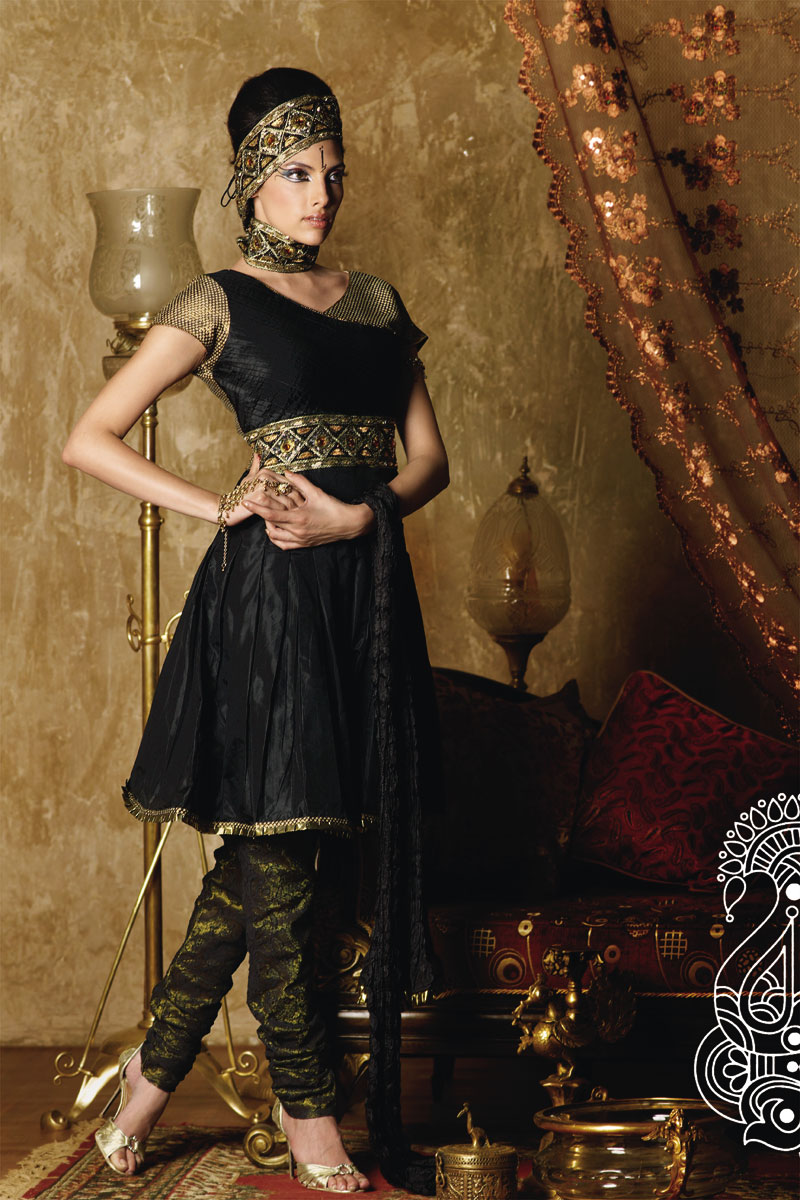The Punjabi dance is popular with their roots in the Punjab region in northwestern India and Pakistan. Unlike other dances, which are usually not in the public interest outside the community or geographic area, Punjabi has been able to hold his mark on beyond the mere Punjabi folk dance by the people of the earth. The celebration started with Punjabi harvest dance, and was usually performed at the time of Baisakhi (the harvest festival). Was traditionally the preserve of men, but today is open to dancers of both sexes. Costumes and the dancers' lungis consists of color, flak jackets and turbans. The movements of dance to shoot an episode of plouging, sowing and harvesting. It is a dance involving vigorous movements of the strong shoulder and thighs. The beat is heavy and hypnotic. Guidance is in the form of singing, clapping and beating of the drum. The main tool called enthusiastic. It is the large barrel drum that provides the rhythm and beaten. Drum roll often marks the end of each line of the song and the last line is repeated by the dancers and chorus. Dancers often form a circle with a few dancers periodically take the lead solo on the presentations that display courage, and manhood and the ability acrobatics. Engage in a festive atmosphere, and the dancers often stand out with each beat, exuberant shouts and can even be moved to recite passages witty. The female version of the Punjabi knows gidha. |  |

Custom Search
